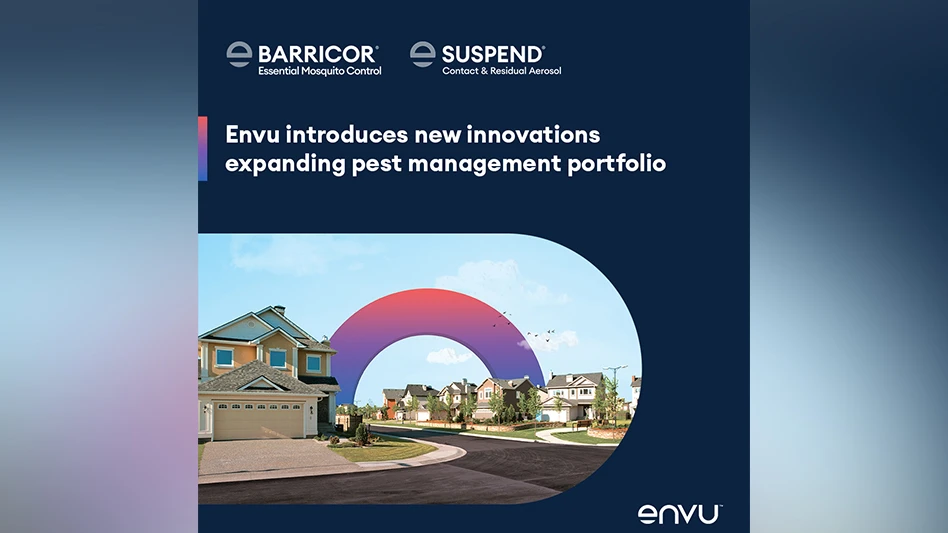As recently as 10 years ago, you could walk into a public relations agency on any weekday and find publicists stuffing envelopes and fax machines with press releases. The releases announced everything from a client's latest executive hire to the premiere date of an upcoming network television special.
Hours were spent stamping postage on envelopes and punching numbers into fax keypads, all in the hopes of reaching a few reporters who would be interested in covering the story.
At the other end of the line was a newsroom of eager reporters relying on these sheets of paper for background and content for the stories they'd be pitching their editors in their daily staff meetings and, ultimately, filing before the publication went to press after 5 p.m.
21st Century Media. Enter e-mail, Twitter, and the 24-hour news cycle, in which we currently live, eat, and breathe media nonstop. With this stepped-up pace of generating and consuming news, our natural inclination is to question some of the "old school" tactics like writing and distributing press releases to announce company news and notes. Do reporters, who are now responsible for everything from blog posts to online video content and Twitter feeds right along with their traditional reporting duties, still find press releases to be a valuable way of obtaining information from a source? More importantly, how do you know that when you hit send on an e-mail, that your press release will be read by a reporter and not end up in their virtual trashcan?
The good news is, a press release is still indeed a very useful tool to share information. Frantic reporters on deadline often want you to send your news immediately in an e-mail, and a well-written press release has vital news packaged perfectly for their needs. However, the challenge lies in understanding when and why it's appropriate to write a press release. Determining what to share and who to share it with can be a difficult first step. Here are the top three questions to ask yourself before pitching your news to the press.
What am I hoping to accomplish? If you pinpoint your goal at the outset, you can use it to mold your press release content as well as identify the outlets to share your news with. Are you looking to increase awareness of a particular service your company offers? To position yourself as an expert in your field? If so, a press release is a perfect tool. However, if your answer to this question is to increase sales, take a step back and remember that your ultimate business goals and the marketing tactics you employ to reach them are two different things. Building awareness through media outreach can lead to an increase in sales if executed properly, especially if the coverage features your company in a credible light. Just remember that press releases written in an entirely self-serving way are often ignored by reporters who are looking to educate their readers, not bombard them with thinly veiled advertisements for an assortment of services.
How do I know what is newsworthy? Just because something is of interest to you doesn't necessarily mean it will translate as newsworthy to the members of the media or the public at large. Take advantage of timing and trends to maximize interest in your news. A proactive public relations plan will consider both. For example, a press release about your company's advice for fighting mosquito or stinging insect infestations should be shared in the summer months when it is most relevant and when reporters will feel more compelled to cover such a topic. Be prepared to capitalize on unexpected events/trends that may make your industry or work more newsworthy. Breaking news can happen anytime, and if it's relevant to your company, can be a great catalyst to insert your name into the conversation.
Who should I send this to? We're all familiar with the common expression, "If a tree falls in the forest and no one is there to hear it, does it make a noise?" Likewise, your news can fall on deaf ears if no one is there to receive it. Researching outlets and reporters can be time-consuming, but it's one of the most important steps in the media outreach process. When building a press list, read, watch and listen to news reports in a variety of different outlets you'd like to pitch. Not only will this help you become more aware of who is covering what topics, but it will also reveal potential trend opportunities of which you might want to take advantage. If you become a regular reader of your local newspaper, you'll get to know which reporters write about your industry, and, as such, will be able to send your materials to the most appropriate reporter, ensuring that it gets seen.
Optimizing Results. In the current 24-hour news cycle in which we live, there are seemingly endless opportunities for both small and large businesses to be included in coverage. The challenge lies in seeking out and taking advantage of the right ones by making the most of the news you have to share. Tried-and-true tactics like the press release are still effective, though the means by which we send them have changed. By defining your goals and learning how to leverage timing and trends in your favor, you can be sure your press releases don't fall into a virtual abyss and ultimately you'll be able to increase awareness of your brand.
The author is executive director of the Professional Pest Management Alliance. She can be reached at mhenriksen@giemedia.com.

Explore the September 2011 Issue
Check out more from this issue and find your next story to read.
Latest from Pest Control Technology
- How to Get Rid of Odorous House Ants
- Massey Services Promotes Herndon to Director of Sales for Multi-Family Division
- NPMA Announces First Recipients of NPMA PRO Certified Credential
- Pestmaster of the Hudson Valley Acquires Catskill Animal Damage Control
- Photo Slideshow: Ant Identification Tips
- Video: Top 10 PCT Photo Contest Finalists
- UF/IFAS Study Reveals Boats as Perfect Vessels for Global Termite Spread
- Pest Control Consultants (Iowa) Earns Pinnacle Performance Award





